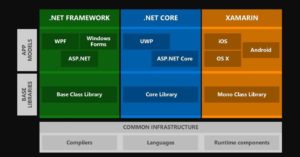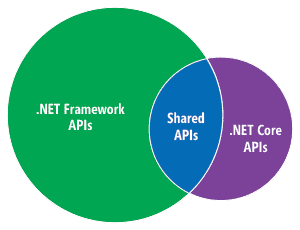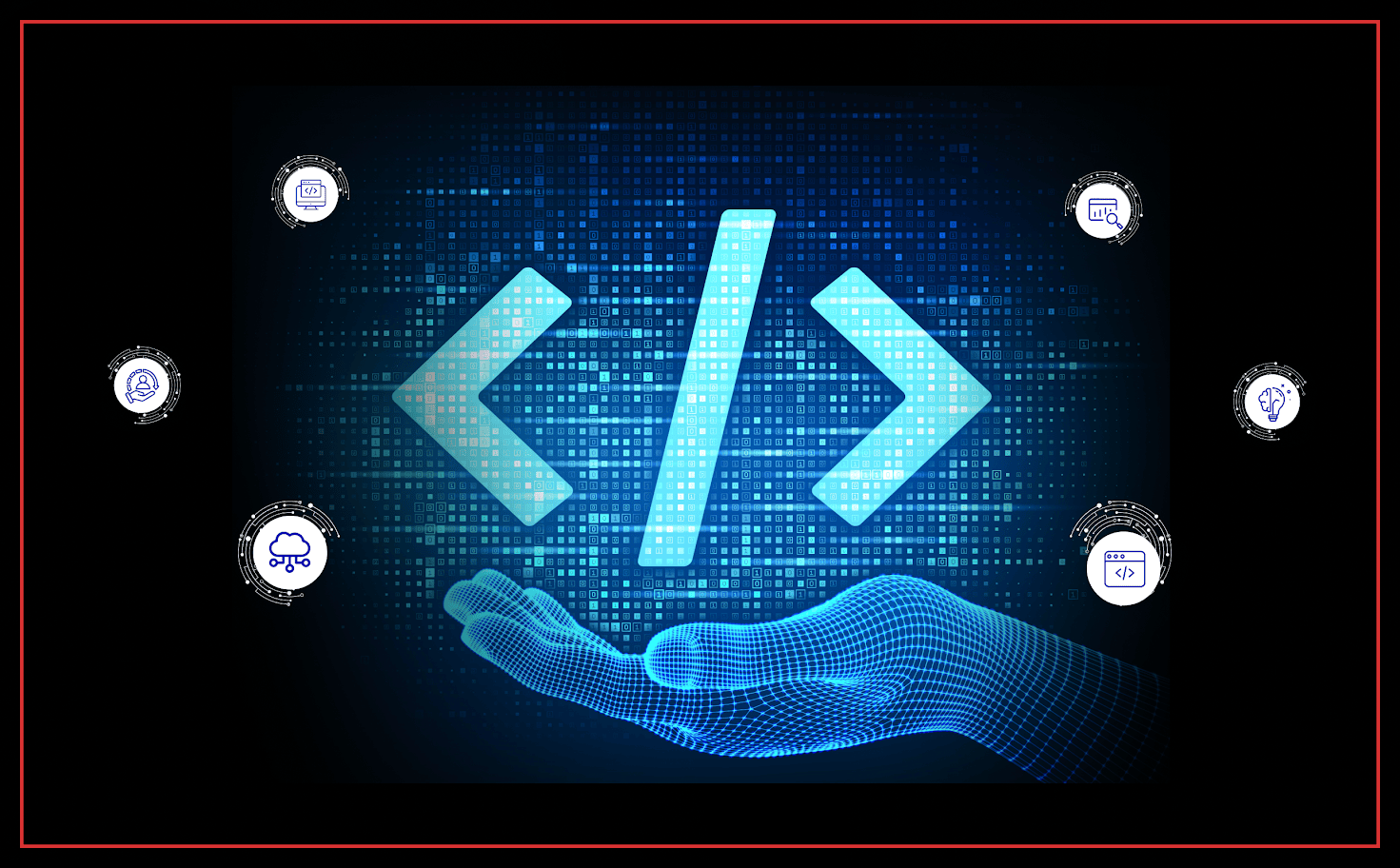.NET Framework or .NET Core? Which One To Choose For The Best Enterprise Solutions?
It has been more than 19 years since Microsoft had brought to the public event its .Net strategy. Today, Microsoft has more than a couple of .Net ecosystems on offerings for developers to choose from. Although it is quite confusing to discern between .Net solutions, it has emerged as one of the reliable development tools to undergo servers and application processes for developers, hence Microsoft is building a great level of credibility and trust with enterprises across the world.
With the advancement of technologies and applications, .Net architectures offer better scopes beyond the Windows infrastructure, enabling Microsoft to bring more tools and technologies across the operating systems such as iOS, Android, and Linux.
Along with .Net, Microsoft also supports C# programming language, which is the first released software application solution for enterprises, and now the most preferred programming language for everyone. But, if you are a novice to application development, it is tough to compare between .Net framework and .Net Core.
Once we discover it, it is easy to find their real use cases of .Net Framework and .Net Core based on the industry applications.








